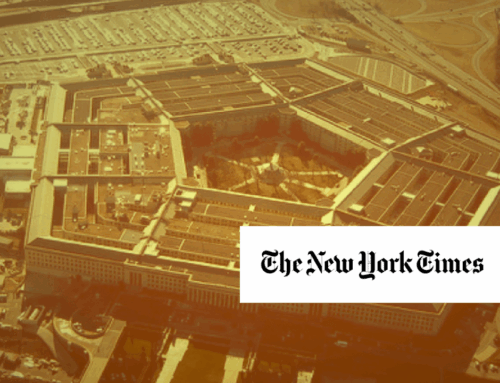The Air Force and Navy are both in the early stages of developing distinct sixth-generation fighter aircraft programs. Both services are pursuing a “family of systems” approach, which currently includes manned fighter aircraft, unmanned drones acting as wingmen, and ground-based command and control systems. The Air Force estimates that each manned fighter could cost up to $300 million. The Navy has yet to publicize cost estimates for its fighter.
As the Pentagon presses ahead with these programs, it must learn from the mistakes of the fifth-generation F-35 Joint Strike Fighter program, which has faced calamitous cost overruns, schedule delays, and performance problems. The Pentagon has announced steps to avoid similar pitfalls, such as eschewing a joint program, reducing design and production overlap or “concurrency,” adopting open system architecture, and ensuring access to necessary technical data needed for sustainment. However, it risks repeating these and other mistakes by pursuing a large and complex set of capabilities under one platform and failing to adequately assess alternatives for meeting strategic requirements.










